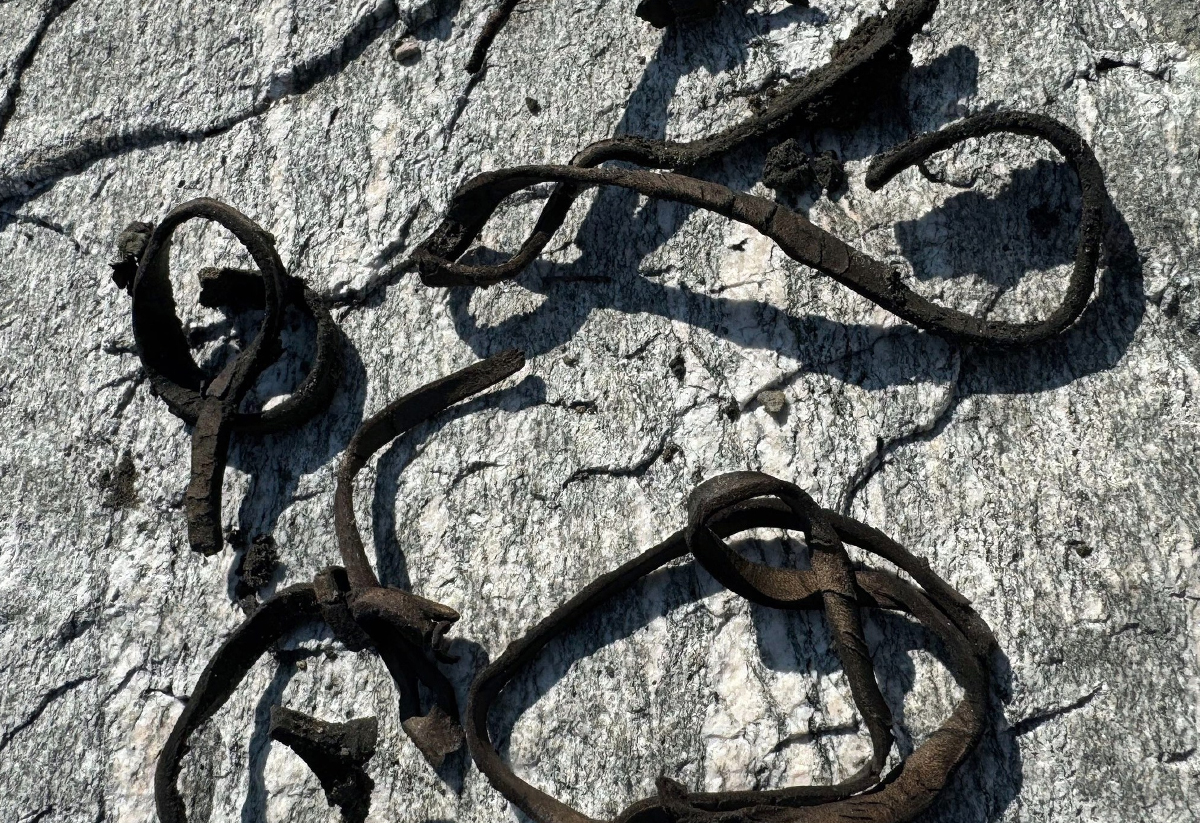In 2011, archaeologists from Secrets of the Ice, a glacier archaeology program, uncovered the remains of a Viking Age packhorse net on a remote Norwegian mountain.
The discovery was found thawing in an ice patch, which preserved organic remains for extended periods as cold temperatures significantly slow down chemical and biological processes, nearly halting the degradation.
The straps and pieces of wood were identified as part of a leather net placed in a frame, which would have contained goods strapped on a packhorse for transport across mountain trails.
Packhorses have been used since the earliest period of domestication of the horse and were crucial for travel across diverse terrains, including mountainous regions.
Radiocarbon dating placed the objects to roughly 1000-years-ago during the Viking Age, which experts have described as the only surviving example from this period.
In a recent survey of the discovery site, archaeologists have found more pieces of the packhorse net, providing new insights into the multifaceted role of horses from this period.

“These newly uncovered fragments add to the unique discovery first made back in 2011. Every piece brings us closer to understanding how this extraordinary net was used in Viking times.”
In recent years, the project has uncovered a wide range of hunting equipment, including a 1,500-year-old cache of scaring sticks, a remarkably preserved flag crafted from radially split pine, as well as arrows, bows, and even a spear.
The team has also unearthed domestic artifacts that shed light on the lives of those who once crossed these perilous mountain passes. Among these finds are items linked to transport and clothing, such as a wooden whisk, a woven Viking mitten, a 3,400-year-old hide shoe, and several complete tunics dating back to the Iron Age.
Header Image Credit : Secrets of the Ice
Sources : Secrets of the Ice

